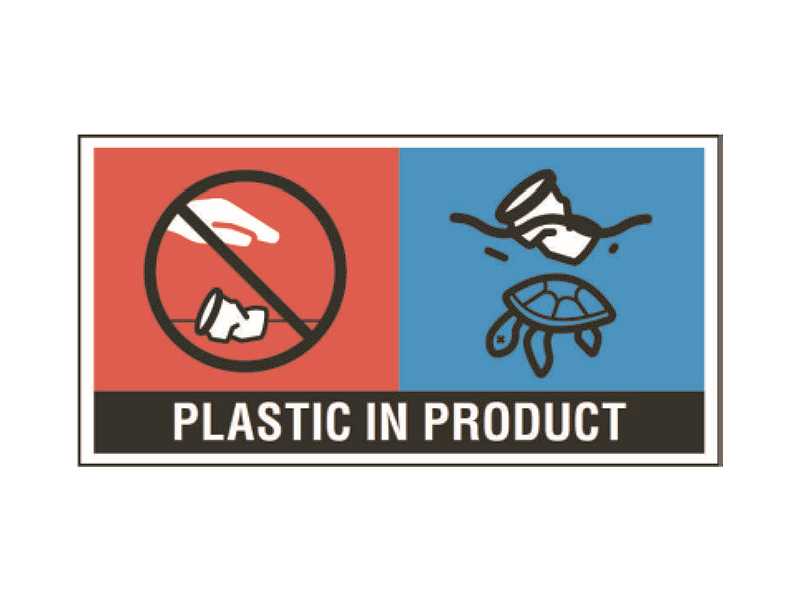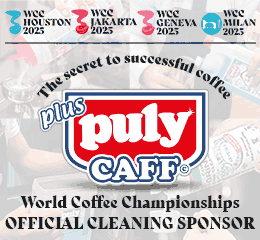BRUSSELS, Belgium – The European Vending & Coffee Service Association (EVA) has recently signed a joint industry statement on the implementation of the harmonised marking requirements under Directive (EU) 2019/904 on the reduction of the impact of certain plastic products on the environment. Here is the text of the statement.
Following the requests for clarification from several associations on the implementation of the harmonised marking requirements under the Single-Use Plastics Directive and the Implementing Regulation (EU) 2020/2151, the undersigned associations wish to express their critical concerns about the interpretation provided by the European Commission’s services of the concept of ‘placing on the market’ and its impact on the existing stocks and the integrity of the Single Market.
The feedback received indicates a worryingly narrow interpretation of the definitions of ‘placing on the market’ and ‘making available on the market’ which are set out in Article 3 of the SUP Directive. Specifically, according to the contested reading, the existing stocks without the relevant marking would only be compliant if the products remain in the same Member State where they were already placed on the market prior to 3 July 2021. This would result in a prohibition of making available those products for final distribution to another Member State after that date.
Placing on the market is defined in Article 3 of the SUP Directive as “the first making available of a product on the market of a Member State”. Similarly to other EU product legislation a product can only be placed on the market once, namely when “first made available on the market”, which is also in line with the European Commission’s Blue Guide on the implementation of EU products rules. Indeed, more guidance on this can be found in the Blue Guide which clearly states that:
- “A product is placed on the market when it is made available for the first time on the Union market.”
- “Products must be in compliance with the Union harmonisation legislation applicable at the time of placing on the market.”
- “the placing on the market is the most decisive point in time concerning the application of the Union harmonised legislation.”
- “the manufacturer and the importer are the only economic operators who place products on the market.”
According to the Blue Guide and other EU product legislation, the decisive moment for the harmonised marking requirements to apply is when the product is first made available “on the Union market.” The SUP Directive has a slightly different definition, referring to “the market of a Member State.” Both definitions, however, have the same meaning: if a product is first made available on the market of one of the EU Member States it is also first made available on the Union market and vice versa. Moreover, if a product is compliant at the time of placing on the market, it can continue to be made available along the supply chain. Therefore, once a product is “placed on the market”, a further making available on the market of another Member State does not constitute a new “placing on the market”. Based on the above applicable legal definitions, products manufactured and placed on the Union market (i.e. first made available on the market of a/any Member State) before 3 July 2021 without the harmonised marking specifications are still compliant and can continue to be sold throughout the EU.
Any decision to move away from “placing on the (Union) market” as the single decisive moment to apply the harmonised markings would be clearly inconsistent with the Single Market principles and would result in both negative economic and environmental impact. Further limiting the time available for economic operators to utilise the existing stocks transition options, by forcing a very narrow interpretation of the meaning of “placing on the market”, will have a significant impact on industry and on the distribution value chain. It should be noted in this regard that the option of affixing the marking by means of stickers is for industry a resource intensive last resort. Last but not least, it makes the legislation potentially discriminatory towards distributors active in smaller Member States as products without the marking placed on their territory would not be allowed for final distribution in other Member States.
Furthermore, the potential destruction of the existing unmarked stocks placed on the Union market before 3 July 2021, as the result of disproportionate limits on their distribution throughout the EU, would lead to an unacceptable waste of resources and a significant negative environmental outcome.
Therefore, in light of the above arguments, the undersigned associations ask that the situation is clarified by confirming that, once a product is placed on the Union market, a further making available on the market of another Member State cannot constitute a new “placing on the market” and that products manufactured and placed on the Union market before 3 July 2021 without the harmonised marking specifications are still compliant and can continue to be sold throughout the EU.
With reference to the inconsistencies found in the linguistic versions of the Implementing Regulation (EU) 2020/2151 published only in late-December last year, the sectors impacted by this provision are still waiting for the publication of the relevant Corrigendum. As a result of this additional delay that now brings the overrun to 8 months, several sectors are no longer able to meet (or very soon will not be in a position to meet) the 3 July 2021 deadline to comply with the application of markings on products containing plastics. In some cases, the lead time to make technical modifications to production facilities and/or change the packaging designs can require at least 12 months from when the technical specifications become available.
Industry is willing to comply with this binding legal requirement but the tight time constraints (about 4 months at this point) make this impossible for many operators through no fault of their own. In an attempt to be ready on time some sectors now find themselves obliged to begin the work by referring to the Implementing Regulation published in the Official Journal and, therefore, already binding. Yet, the published versions contain multiple errors. The undersigned associations thus call on the Commission to publish this Corrigendum urgently and to confirm the exact date when this publication will be available.


















